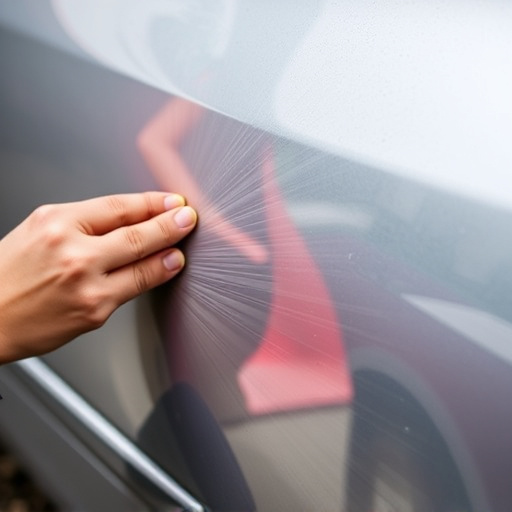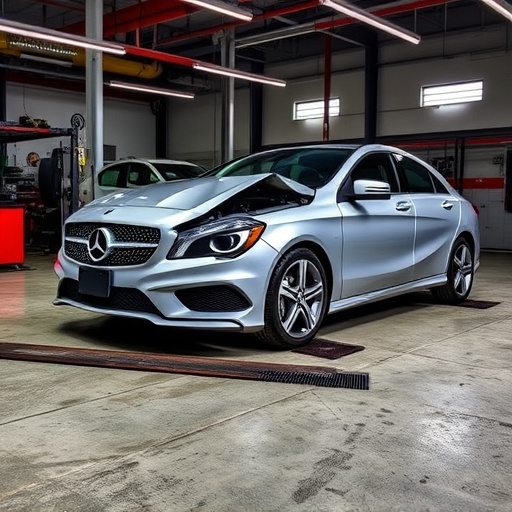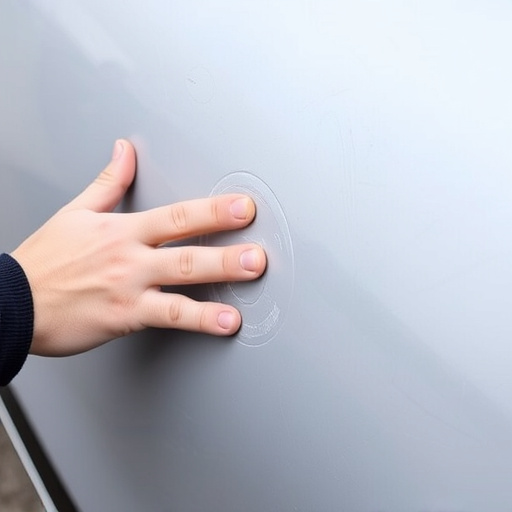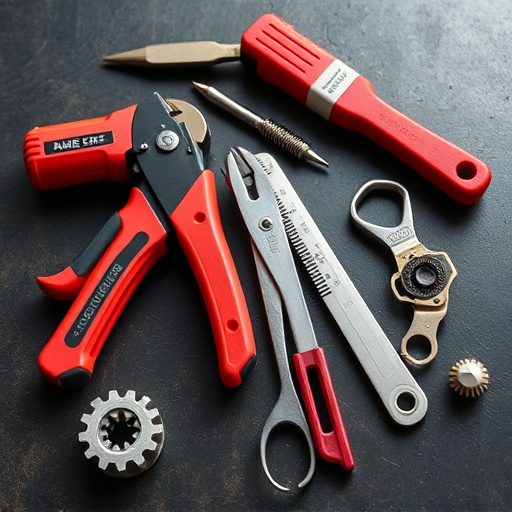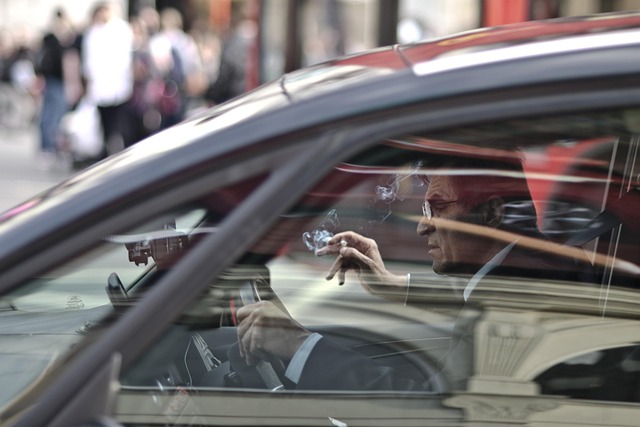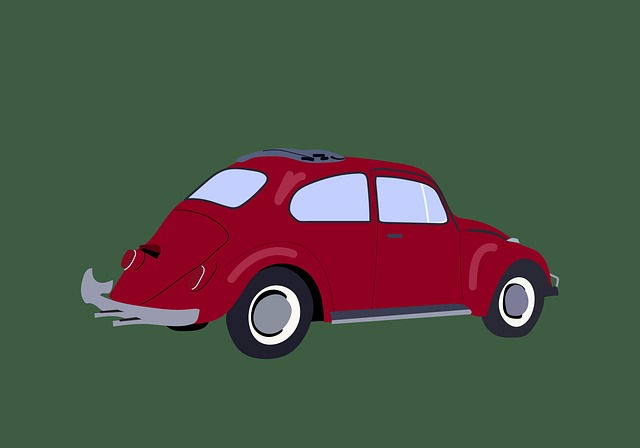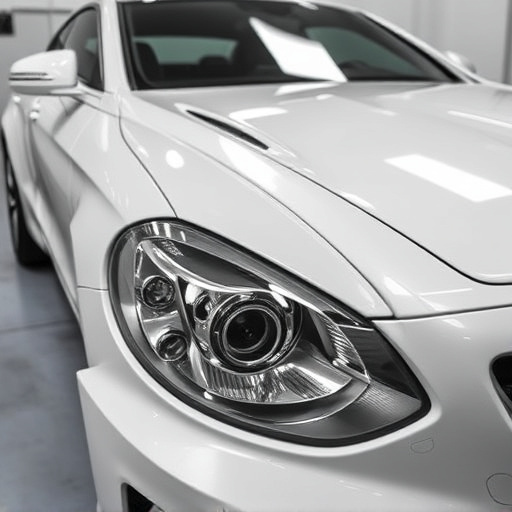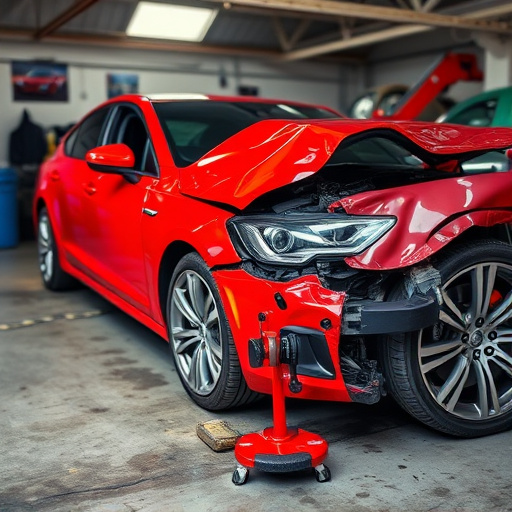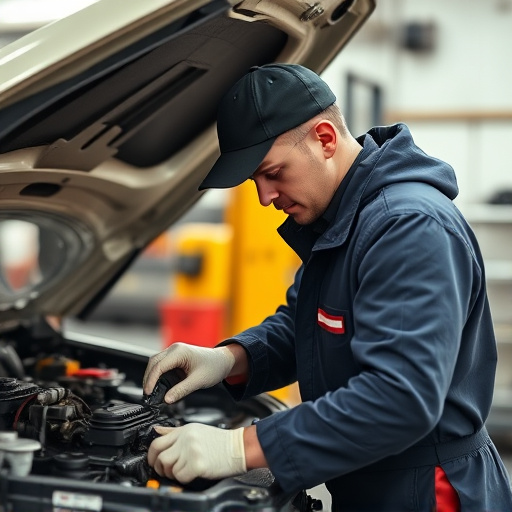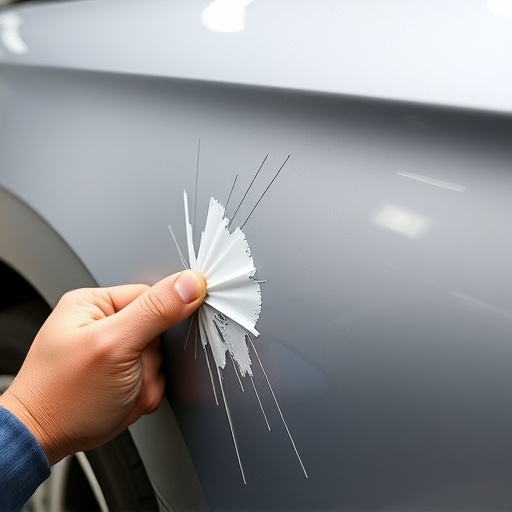Proper PDR technique for steel panels is vital for effective, non-destructive dent removal, offering cost and time savings over traditional painting methods, enhancing vehicle exterior longevity, and preserving factory finishes. Best practices include using specialized tools, precise control, inspection, isolation, heat (if needed), small section work, and systematic workflow to achieve flawless results.
In the realm of auto body repair, Panels Damage Restoration (PDR) is a game-changer. When applied to steel panels, proper technique offers significant advantages, ensuring efficient and effective repairs. This article delves into the fundamentals of PDR for steel panels, highlights its key benefits, and provides best practices for optimal implementation. By understanding these principles, professionals can enhance their skills, streamline processes, and deliver superior results in today’s competitive automotive industry.
- Understanding Steel Panel PDR Basics
- Key Benefits of Proper Technique
- Best Practices for Effective Implementation
Understanding Steel Panel PDR Basics
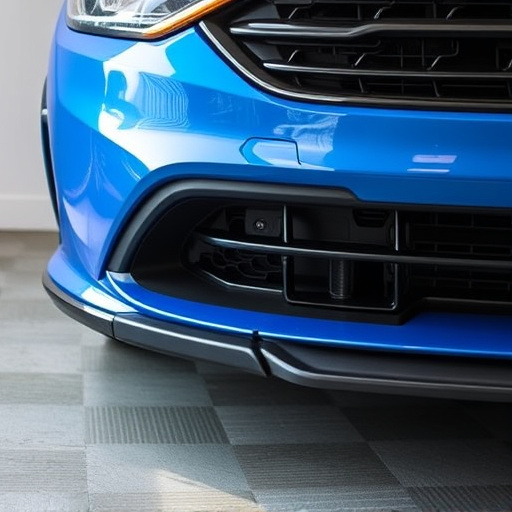
Proper technique is paramount when it comes to PDR for steel panels. This non-destructive process, also known as paintless dent repair, involves using specialized tools and expertise to remove dents and dings from metal surfaces. Understanding the basics of PDR for steel panels starts with grasping how the process works: a trained technician uses a variety of hand tools or machine-mounted tools to apply pressure behind the dent, slowly pushing it back into place. This technique is particularly valuable in automotive restoration, as it preserves the factory finish and avoids damaging the panel during repair.
In the realm of body shop services, PDR for steel panels offers numerous advantages over traditional painting methods. It’s a game-changer in car restoration, ensuring that vehicles retain their original look and value. By minimizing the need for repainting, this technique not only saves time and money but also contributes to the longevity of the vehicle’s exterior. Whether addressing minor door dings or more extensive damage, mastering PDR techniques is an essential skill for any professional in the automotive restoration industry.
Key Benefits of Proper Technique
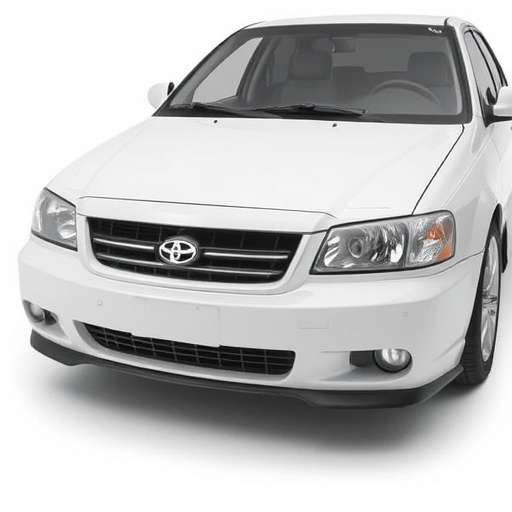
Proper technique in PDR for steel panels brings about several key benefits that are essential for achieving high-quality auto body repairs. When performed correctly, this non-invasive method not only restores the appearance of damaged steel panel surfaces but also ensures structural integrity. By employing precise methods, technicians can accurately match the original finish, preserving the vehicle’s overall aesthetic value. This is particularly crucial in the case of modern automobiles, where steel panels are often coated with advanced protective layers that require delicate handling to avoid damage or discoloration.
Moreover, using the right technique significantly reduces the time and cost associated with auto body work. It minimizes the need for excessive grinding, sanding, or repainting, which can lead to more significant material losses. For auto repair near me shops specializing in PDR for steel panels, adhering to proper techniques is a game-changer, offering efficient solutions that satisfy customers looking for top-notch auto body repairs without breaking the bank. This not only enhances customer satisfaction but also fosters trust in the services provided by the repair shop.
Best Practices for Effective Implementation
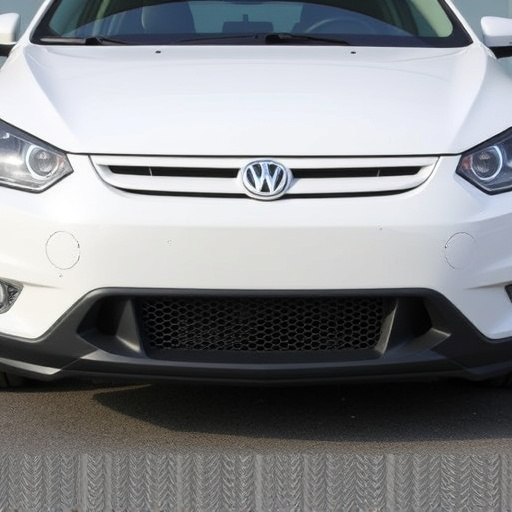
Implementing proper technique when performing PDR (Paintless Dent Repair) on steel panels is paramount to achieving flawless results. Best practices include using specialized tools designed for metal, ensuring excellent control and precision during the repair process. Trained technicians should employ a systematic approach, beginning with a thorough inspection to identify dent size, depth, and location. This initial step dictates the choice of tool and technique, be it for shallow dents or more complex geometric shapes.
For effective implementation, consider a structured workflow: first, isolate the panel from the vehicle body using appropriate clamps for secure holding. Next, apply heat (if necessary) to relax the metal, making it more pliable for repair. Use a variety of tools, such as darts and picks, tailored to different dent patterns while maintaining consistent pressure and angle to prevent damage or paint chips. Always work in small sections, gradually removing dents until the panel appears smooth and seamless when viewed from various angles—a testament to the skill and care invested in the auto repair services offered by a collision repair center.
Proper technique in PDR for steel panels is not just an option, but a necessity. By understanding the basics and implementing best practices, professionals can achieve outstanding results while ensuring efficiency and longevity of repairs. The key benefits of a well-executed technique include reduced material wastage, faster turnaround times, and enhanced structural integrity. Embracing these practices ensures that PDR for steel panels becomes a reliable, game-changing solution in the automotive repair industry.
